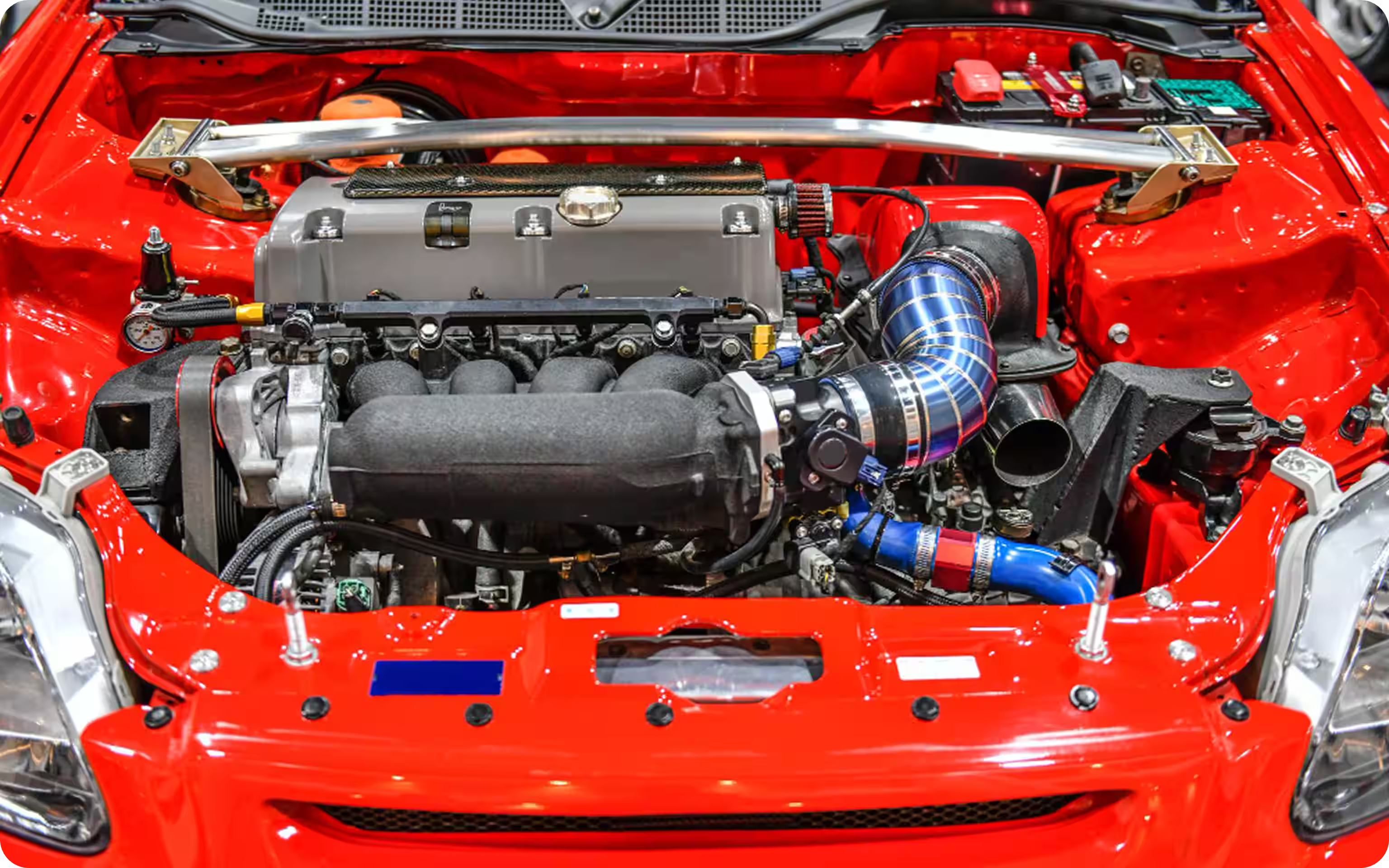.avif)
Regular oil changes are the cornerstone of engine health, ensuring that every moving part—from pistons to bearings—remains properly lubricated under extreme heat and pressure. Over time, oil breaks down, loses its viscosity, and can become contaminated with soot, metal shavings, and combustion byproducts, all of which accelerate wear and tear. Fresh oil not only reduces friction but also carries away heat more effectively, preventing hotspots that can warp critical components. Skipping or delaying changes allows sludge to form, which can clog galleries and starve vital areas of lubrication, ultimately leading to premature engine failure and costly rebuilds.
Begin by parking on level ground and allowing the engine to cool for at least five minutes to let the oil settle back into the sump. Remove the dipstick, wipe it clean with a lint-free cloth, then fully reinsert and withdraw it again to read the level against the marked indicators—don’t eyeball it. Observe both the oil level (should be between “Min” and “Max”) and its color; honey-gold is ideal, whereas dark, sludgy residue signals degradation. Lastly, give the oil a quick smell—any burnt or overly pungent odor means it’s time for a change, as heat and oxidation have begun to break it down.

Selecting oil starts with your vehicle manufacturer’s recommendations for viscosity (e.g., 5W‑30, 10W‑40) but goes deeper when considering driving habits and climate. Synthetic oils boast superior thermal stability, flow at lower temperatures, and resist oxidation far longer than conventional blends, making them ideal for high-performance or extreme-environment vehicles. For high-mileage engines, specialized formulations contain seal conditioners that swell aging gaskets to prevent leaks. Always opt for API‑ or ACEA‑approved brands, and resist bargain-basement substitutes—they often cut corners on additive packages that truly protect your engine.
Changing oil yourself can save money and give you hands‑on assurance that the job’s done correctly, but it requires a proper workspace, the right tools (filter wrench, oil pan, torque wrench) and eco‑friendly disposal methods for used oil. Professional shops absorb the hassle—handling drop‑off, recycling, and inspections—and often include multi‑point checks that might catch budding problems like leaks or worn belts. Weigh your budget against convenience: if you lack space or equipment, letting trained technicians handle it annually or every 5,000–7,500 miles could be your best route to consistent, worry‑free maintenance